This article was medically reviewed by Danielle Jacks, MD. Danielle Jacks, MD is a Surgical Resident at Ochsner Clinic Foundation in New Orleans, Louisiana. She has over six years of experience in general surgery. She received her MD from Oregon Health and Science University in 2016.
There are 13 references cited in this article, which can be found at the bottom of the page.
This article has been viewed 50,133 times.
There are numerous ways that you can repair damaged veins, ranging from at-home treatments to medical procedures. Mild conditions like varicose veins can be improved by taking small measures such as wearing compression socks and elevating your feet. For more intense damage, ask your doctor about medication, non-invasive procedures, and surgeries to repair your veins.
Things You Should Know
- Wearing compression stockings, keeping your legs elevated, and losing excess weight may help keep minor vein damage (like varicose veins) in check, but there are no at-home treatment options that will permanently repair vein damage.
- For minor vein damage, your doctor may be able to prescribe you medication that will increase blood flow and improve the health of your veins.
- You can cover up cosmetic damage with laser treatments and sclerotherapy sessions, where foam is injected into your veins restructure their shape.
- A doctor may suggest a minimally invasive procedure to manually repair damaged veins.
- Your doctor may recommend surgery if the vein damage could potentially lead to a serious health issue, and it’s important to weigh the pros and cons with them to come up with a treatment plan.
Steps
Applying Immediate Treatments
-
1Wear compression stockings to reduce swelling in your legs. Varicose veins and venous insufficiency can cause blood flow in your leg veins to slow, which results in swelling. Compression stockings can stimulate blood flow, improving circulation and reducing swelling. Wear compression stockings until you see a significant improvement in your legs, or as advised by your doctor.[1]
- Purchase compression stockings at medical supply stores or online.
- Be sure to remove your compression stockings at the end of each day to wash and dry them before wearing them again.[2]
Warning: If you have poor blood flow in your legs, consult your doctor before you wear compression stockings. Additionally, check with your doctor to find out how tight your compression stockings can be. These stockings can decrease your blood flow, so it's important to follow your doctor's advice to wear them safely.
-
2Elevate your legs above your heart when sitting or lying down at home. Raising your legs above your heart will reduce pain and pressure in your legs due to vein problems. Aim to have your feet at least 6 inches (15 cm) above your heart. Use pillows to prop up your legs if necessary.[3]
- Do this as often as you can, at home or in other relaxed locations such as the beach.
Advertisement -
3Keep your legs cool to avoid worsening symptoms. Heat can cause increased blood flow in your blood vessels, making varicose veins and other vein problems worse. Avoid very hot showers and baths, sitting near a campfire or heater, or using a heat pack. If your legs feel hot, swollen, or hurt, apply a cool compress as needed to make them more comfortable.[4]
-
4Contact your doctor if you notice signs of serious vein damage. Some vein problems seem minor but may develop into a bigger problem. While milder issues like varicose veins, for instance, are sometimes just an aesthetic issue, they may also indicate a serious condition like deep vein thrombosis. See your doctor as soon as possible if you notice:[5]
- Swelling in your legs, especially if 1 is swollen more than the other
- Intense calf pain
- Skin discoloration
- Open sores
- Dry, thin skin
Looking into Long-Term Solutions
-
1Speak to your doctor about taking horse chestnut seed extract. Studies have shown that taking horse chestnut seed extract orally can reduce the symptoms of vein problems like venous insufficiency after 2-16 weeks. Ask your doctor if it is safe to take this supplement. Follow the prescribed dose and contact your doctor if you experience any side effects, such as gastrointestinal distress or dizziness.[6]
- Buy horse chestnut seed extract at pharmacies, health stores, or online.
-
2Ask your doctor about taking medicine to treat damaged veins. Vasodilator medications can increase blood flow through the vessels, improving your circulation.[7] Ask your doctor if you can take one of these medicines as part of a vein repair treatment plan. A combination of compression therapy and medicine often proves effective.[8]
- Nitroglycerin and alprostadil are popular prescription vasodilators.
- Always take these medications exactly as they are prescribed.
-
3Ask your doctor about sclerotherapy to treat small varicose veins. Sclerotherapy involves inserting a small needle into varicose veins to inject them with substances like glycerin or hypertonic saline. This will collapse the varicose veins, reducing their physical appearance as well as the discomfort caused by them. Talk to your doctor about this treatment to see if it is right for you.[9]
- Results can usually be observed 3-6 weeks after the treatment.[10]
- Your doctor will usually book a follow-up appointment about a month after the sclerotherapy procedure to see if another session is needed.
- In some cases, varicose veins may return after this treatment.
-
4Talk to your doctor about thermal ablation to close off problem veins. Endovenous thermal ablation is a procedure that uses a laser or high-frequency radio waves to target damaged veins. The heat emitted shuts off the vein from the rest of the circulatory system without collapsing it. Talk to your doctor about this procedure if you want a long-term treatment option with minimal pain or healing time.[11]
- This treatment leaves the closed off veins in place, resulting in very little bruising or bleeding.
-
5Discuss your surgical options if all else fails. Most patients with vein problems do not need surgery to repair them, but the option still exists. If your veins are severely damaged, ask your doctor if surgery may be right for you. Your doctor might suggest:[12]
- Ligation and stripping, where a vascular surgeon will cuts and ties off your problem veins, or remove them.
- Micro-incision phlebectomy, where a surgeon will make small incisions or punctures in your veins and remove the problem ones with a phlebectomy hook.
- Vein bypass, where a piece of healthy vein is transplanted to reroute blood flow around a damaged vein.
Preventing Vein Damage
-
1Do exercises that work your lower body on a regular basis. Exercising regularly can improve the strength of your legs and veins and improve your circulation. Exercises that focus on your legs, such as walking or running, are especially beneficial to help prevent the development of varicose veins or spider veins.[13] Aim to get 30 minutes or more of exercise everyday, or at least 150 minutes of aerobic activity per week.[14]
- Other forms of exercise, such as biking, swimming, rollerblading, and jumping rope, can also benefit the health of your veins.
-
2Avoid sitting or standing still for more than 30 minutes. Staying immobile for long periods of time causes your veins to work harder to pump blood to your heart, which may result in enlarged veins. Do your best to stay as active as possible throughout the day. If you are forced to stay in one spot for long periods of time, take a short walk or move your legs at least once every 30 minutes to maintain proper blood circulation in your body.[15]
- If you are travelling or attending a show, for example, get up to stretch your legs every 30 minutes or change your sitting or standing position frequently.
-
3Avoid using recreational intravenous drugs. The use of intravenous drugs outside of a prescribed medical treatment is extremely dangerous and ill-advised. It can cause thrombosis and vein collapse as well as other health risks, such as infection. Avoid using intravenous drugs or seek help for your addiction if you are already using them.[16]
- Injecting drugs into the veins in your feet, groin, or neck is especially dangerous and may cause burst veins, excessive bleeding, abscesses, nerve damage, or stroke.
- Be sure to avoid using any collapsed veins.
- For a list of treatment services in your state, visit https://drugabuse.com/drug-abuse-programs/.
-
4Always use new, sharp needles if you inject drugs. If you are injecting drugs, never re-use a needle. In addition to a heightened risk of infection, a needle that has dulled after several uses is more likely to cause trauma to your vein. Use a a new, sterile needle for every single injection.
- Dispose of your needle safely after using it to avoid causing injury to others.
Expert Q&A
Did you know you can get expert answers for this article?
Unlock expert answers by supporting wikiHow
-
QuestionHow long does it take for veins to heal after vascular surgery?
 Danielle Jacks, MDDanielle Jacks, MD is a Surgical Resident at Ochsner Clinic Foundation in New Orleans, Louisiana. She has over six years of experience in general surgery. She received her MD from Oregon Health and Science University in 2016.
Danielle Jacks, MDDanielle Jacks, MD is a Surgical Resident at Ochsner Clinic Foundation in New Orleans, Louisiana. She has over six years of experience in general surgery. She received her MD from Oregon Health and Science University in 2016.
Surgical Resident Your healing time will depend on the type of vascular surgery that you have. For instance, a procedure like sclerotherapy typically has a shorter recovery time than a procedure like venous stripping. However, it's important that you follow your surgeon's recovery instructions and allow yourself to recover for the time they specify. Talk to your doctor about your surgical options and how much downtime you'll experience after each procedure.
Your healing time will depend on the type of vascular surgery that you have. For instance, a procedure like sclerotherapy typically has a shorter recovery time than a procedure like venous stripping. However, it's important that you follow your surgeon's recovery instructions and allow yourself to recover for the time they specify. Talk to your doctor about your surgical options and how much downtime you'll experience after each procedure.
Warnings
- Sclerotherapy, endovenous thermal ablation, and surgery may all scar or discolor your skin.[17]⧼thumbs_response⧽
- Pregnancy increases your likelihood of having vein problems.⧼thumbs_response⧽
- Previous injuries or surgeries to your legs may increase your risk of vein trouble.⧼thumbs_response⧽
References
- ↑ https://www.hopkinsmedicine.org/healthlibrary/conditions/cardiovascular_diseases/chronic_venous_insufficiency_85,P08250
- ↑ https://my.clevelandclinic.org/health/diseases/16872-chronic-venous-insufficiency-cvi/treatment-options
- ↑ https://my.clevelandclinic.org/health/diseases/16872-chronic-venous-insufficiency-cvi/treatment-options
- ↑ https://www.veindirectory.org/article/treating-veins/varicose-veins-does-heat-hurt-or-help
- ↑ https://www.uofmhealth.org/health-library/hw113838
- ↑ https://www.sciencedirect.com/science/article/pii/S0102695X15001003
- ↑ https://www.drugs.com/mtm/alprostadil-injectable-and-transurethral.html
- ↑ https://www.hopkinsmedicine.org/healthlibrary/conditions/cardiovascular_diseases/chronic_venous_insufficiency_85,P08250
- ↑ https://www.aafp.org/afp/2008/1201/p1289.html
- ↑ https://www.mayoclinic.org/tests-procedures/sclerotherapy/about/pac-20384592
- ↑ https://my.clevelandclinic.org/health/diseases/16872-chronic-venous-insufficiency-cvi/treatment-options
- ↑ https://my.clevelandclinic.org/health/diseases/16872-chronic-venous-insufficiency-cvi/treatment-options
- ↑ https://www.womenshealth.gov/a-z-topics/varicose-veins-and-spider-veins
- ↑ https://www.mayoclinic.org/healthy-lifestyle/fitness/expert-answers/exercise/faq-20057916
- ↑ https://www.womenshealth.gov/a-z-topics/varicose-veins-and-spider-veins
- ↑ https://drugabuse.com/iv-drug-abuse-3-potentially-deadly-spots-to-shoot-up/
- ↑ https://www.uofmhealth.org/health-library/hw113838#hw113927
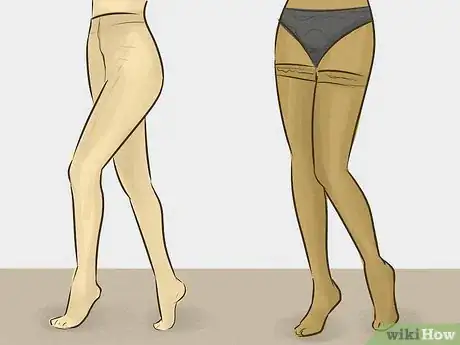


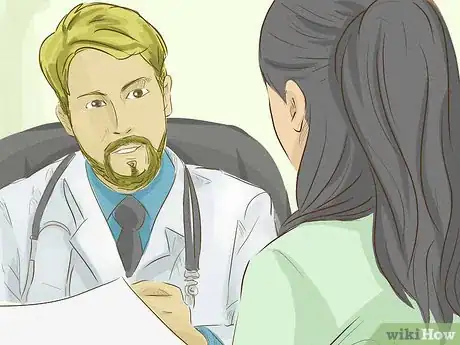



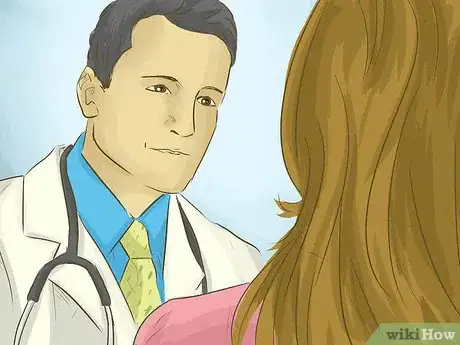



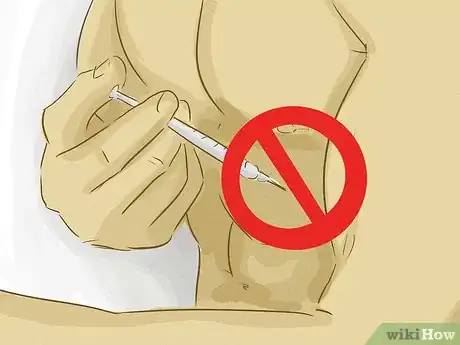
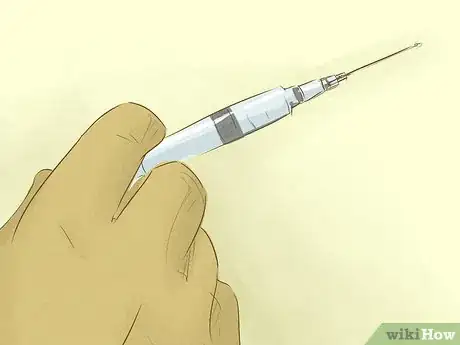


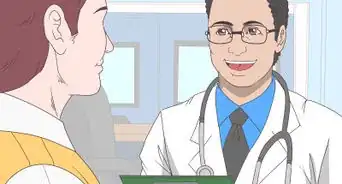
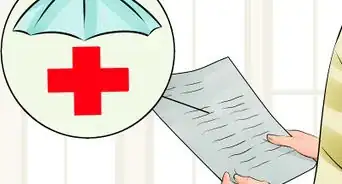
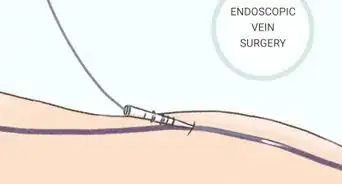

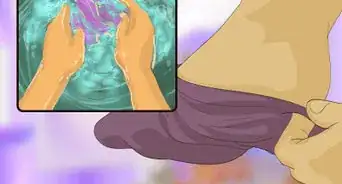

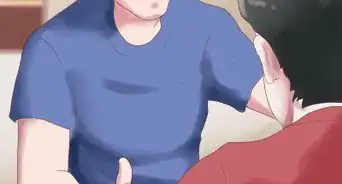
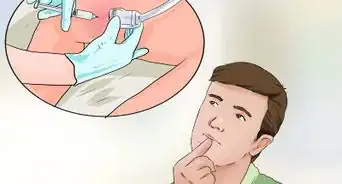









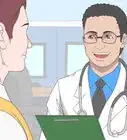
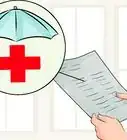



































Medical Disclaimer
The content of this article is not intended to be a substitute for professional medical advice, examination, diagnosis, or treatment. You should always contact your doctor or other qualified healthcare professional before starting, changing, or stopping any kind of health treatment.
Read More...